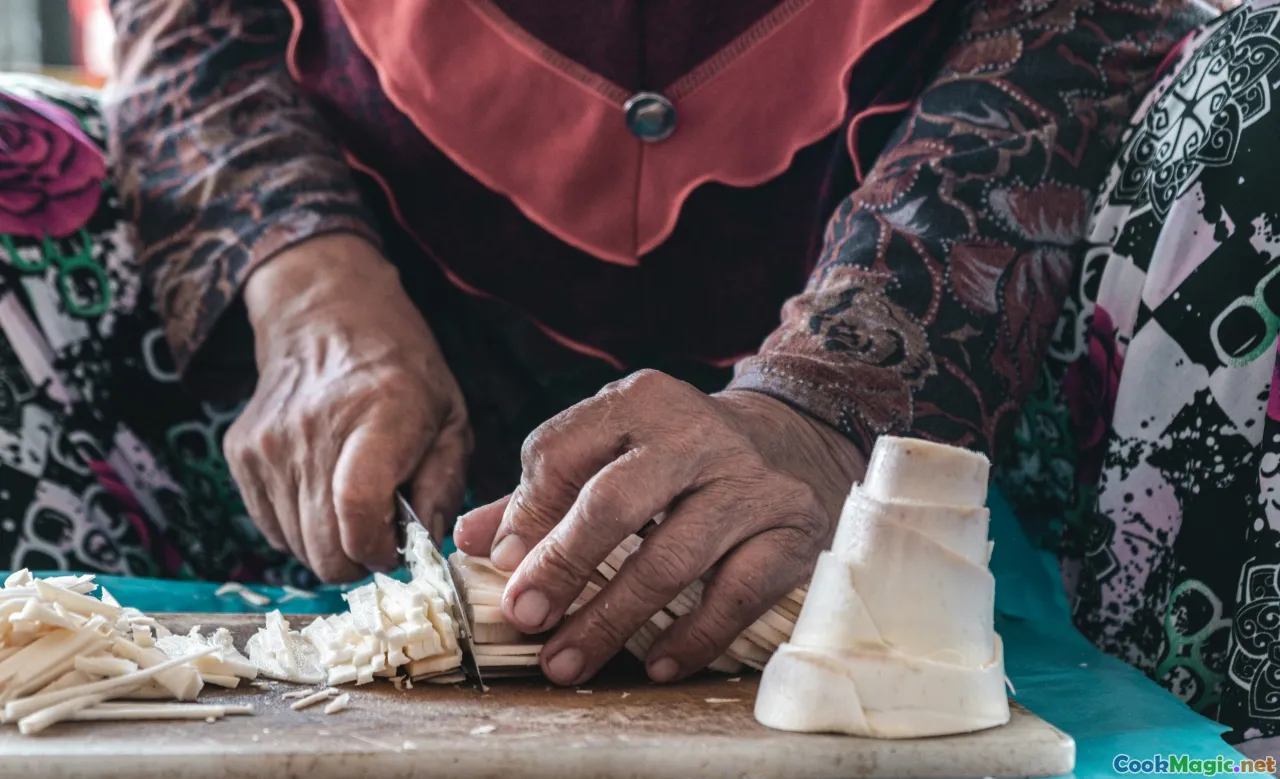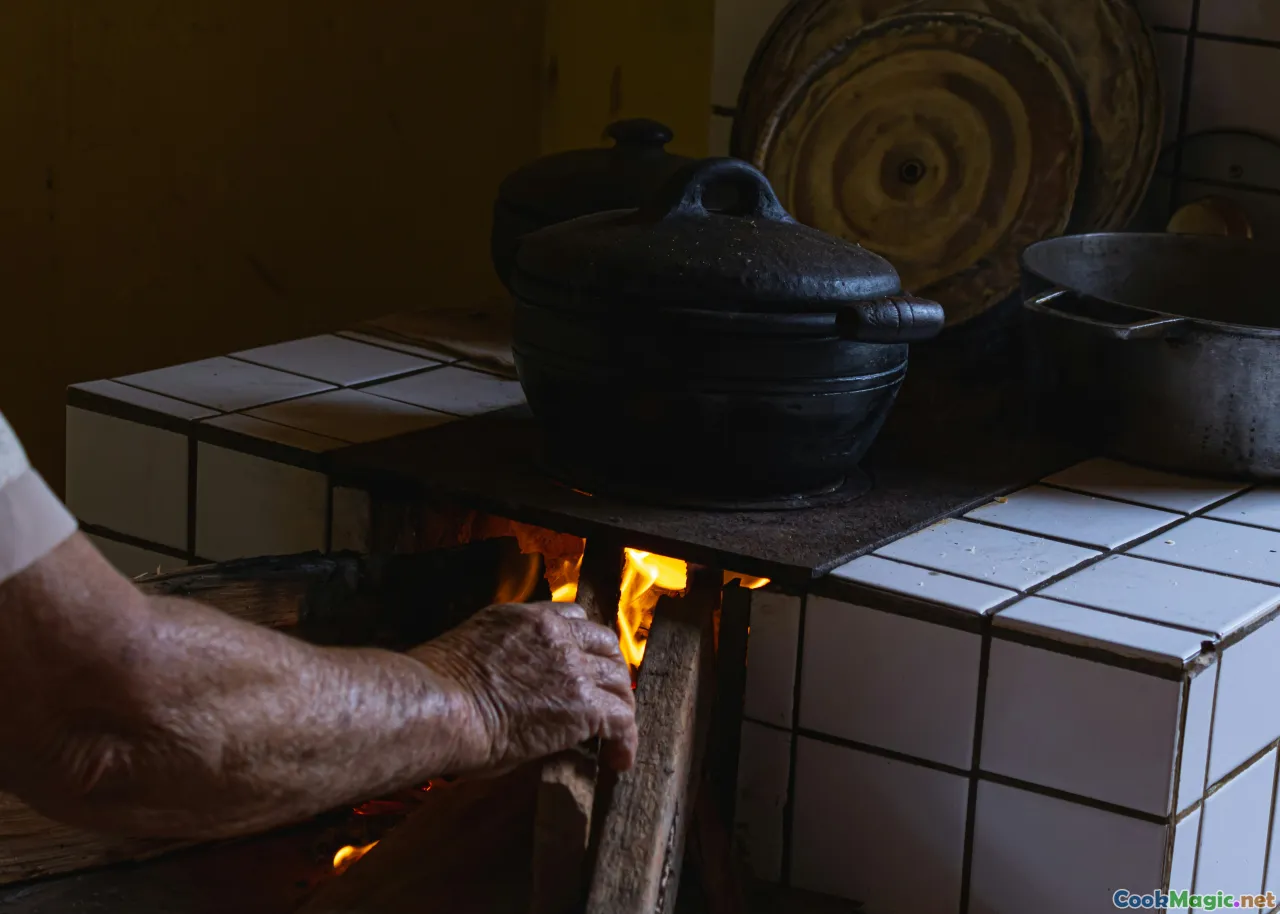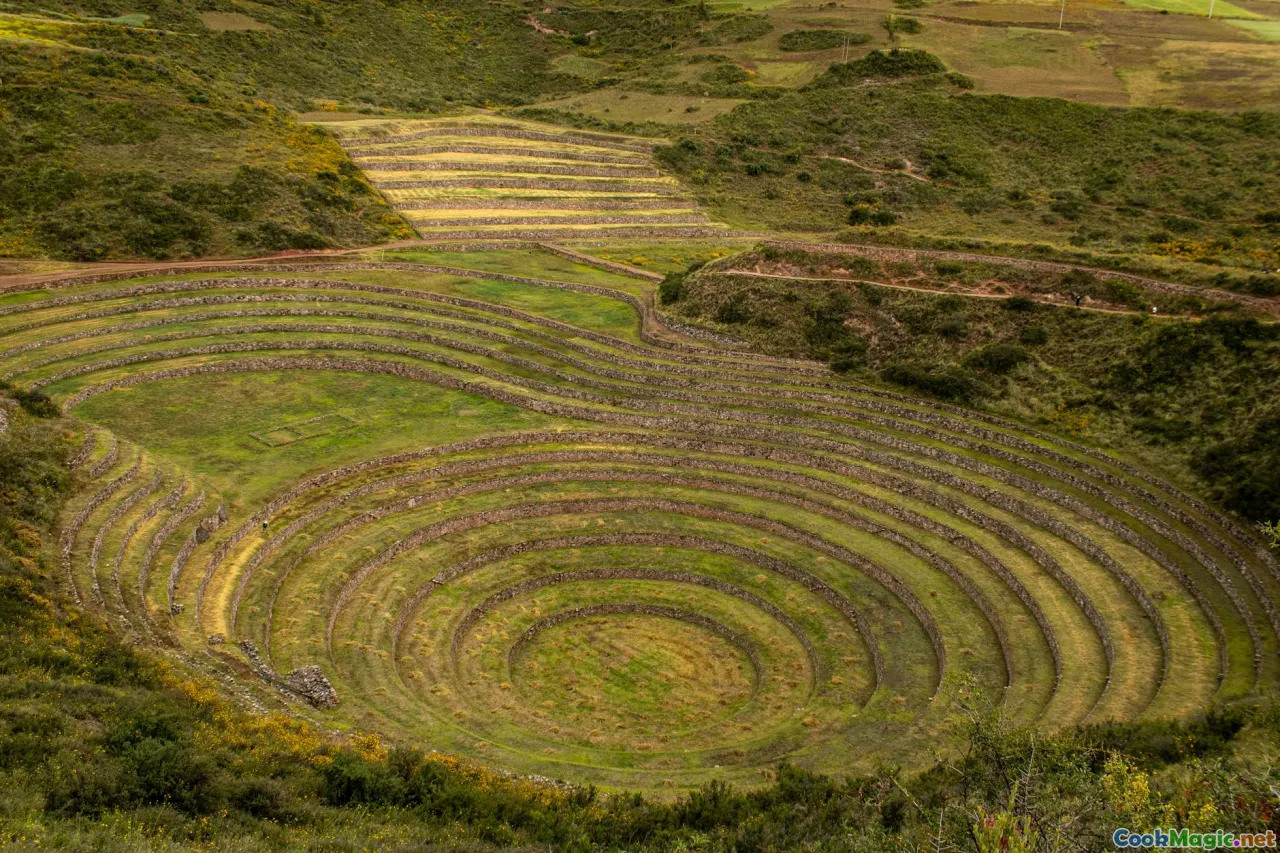Tracing the Heritage of Peruvian Ceviche
4 min read Explore the rich history and cultural significance of Peruvian ceviche, celebrating a hallmark of Latin American coastal cuisine. June 23, 2025 09:05
The Awakening of Our Senses: Embarking on the Journey Through Peruvian Ceviche
Peruvian ceviche isn’t merely a dish; it’s an evocative symphony of culture, history, emotion, and tradition that has captured the hearts—and taste buds—of connoisseurs worldwide. As you peel back the layers of this iconic Latin American delicacy, you’re invited into a tapestry woven with ancient Incan roots, colonial influences, and contemporary innovation. It’s in the tangy citrus, the melt-in-your-mouth texture of fresh fish, and the aromatic kick of Peruvian peppers that the story of ceviche is told—one spoonful at a time.

The Roots: Ancient Origins and Indigenous Heritage
Long before ceviche became a symbol of Peruvian pride, its roots stretch back to pre-Columbian times. Indigenous coastal communities of what is now Peru prepared a dish called siwichi, derived from the Quechua and Aymara languages, which referred to a fermented fish marinated in juice from local citrus fruits like tumbo and soursop. This early version was less about the acidity and more about fermentation—an ancient technique used to preserve fish in the tropical and coastal climate.
When the Spaniards arrived in the 16th century, they introduced lime and lemon to the region, which transformed the indigenous ferments into the vibrant, citrusy ceviche that we cherish today. This ecological interaction, combined with local ingredients, ignited a culinary revolution that laid the foundations of Peruvian ceviche.
The very essence of this dish reflected the ingenuity of early Peruvians—utilizing available resources, dressing raw fish in amorphous citrus seduction, and creating a culinary language of freshness and acidity.

Exploring the Classic Ceviche: Ingredients, Techniques, and Flavors
The heart of Peruvian ceviche lies not only in the choice of ingredients but also in the careful technique underpinning its preparation. A traditional Peruvian ceviche combines corvina (sea bass) or other firm white fish, fresh lime juice, thinly sliced shallots, habanero peppers, and a sprinkle of cilantro.
The secret is in the marination time—just enough for the lime’s acid to









